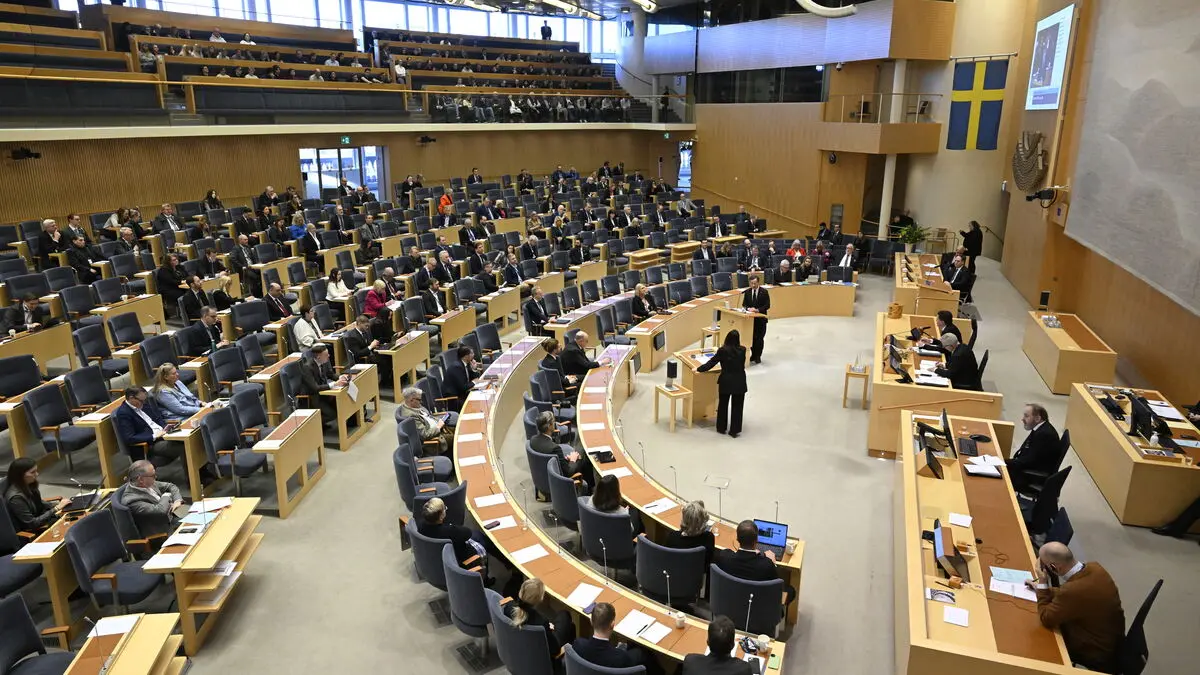”Food prices fell for the second month in a row, which contributed to the inflation rate going down”, says Frida Stark, price statistician at the Statistical Central Bureau (SCB), in a comment.
On an annual basis, food prices have risen by 3.3 percent. At the same time, electricity prices have risen by 22.5 percent in a year.
High price pressure on the service side
Among individual food prices that stand out, there are declines for fish, fresh salmon became 5 percent cheaper in September compared to August, according to the broken down SCB statistics. Flour and bread also fell slightly in price. Several dairy products have also become cheaper. Milk fell by 1 percent during the month.
As usual, fruit and vegetables move a lot in price during individual months, for example, potatoes became cheaper while tomatoes went in the other direction.
The interest costs for housing have decreased by between 24 and 28 percent in a year.
There is still a bit high price pressure on the service side, while looking at commodity prices, the price pressure is generally low, notes Amanda Sundström, interest rate strategist at SEB.
The total inflation fell to 3.1 percent in September according to the KPIF measure, according to the final figures from SCB. It was in line with the preliminary calculation that came last week and is in line with what the Swedish Central Bank has counted on.
The level can be compared to 3.2 percent in August.
”Inflation falls properly next year”
The core inflation in Sweden – if you also remove energy and food prices from KPIF inflation – fell to 2.7 percent in September.
The Swedish Central Bank's inflation target is 2.0 percent.
The Swedish Central Bank and most economists expect that the halved food VAT and so-called basket effects – i.e. adjustments in SCB's commodity basket used to measure price changes – will push down inflation next year.
It will make inflation fall properly next year, says Amanda Sundström.
The Swedish Central Bank, which lowered the interest rate to 1.75 percent in September, is expected to disregard the food VAT and basket effects.
But if growth and the labor market continue to be a disappointment and we see a deterioration there, a lower inflation means that there is an opportunity to lower the interest rate more, she says.





